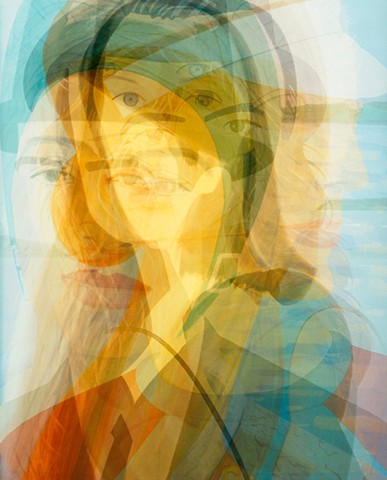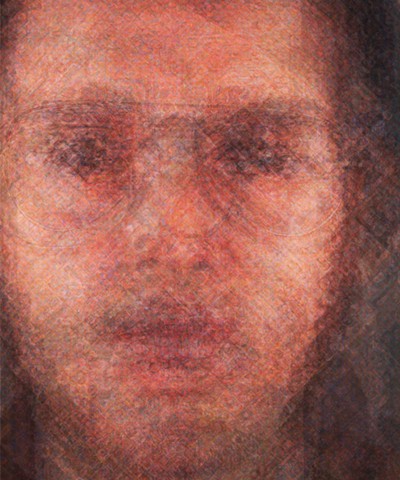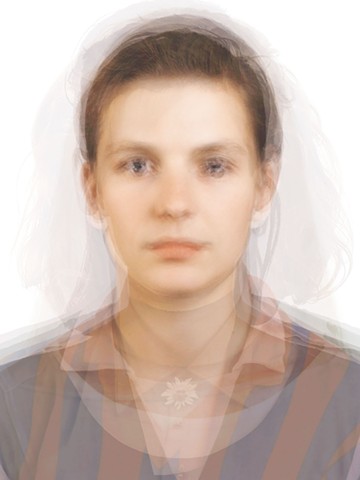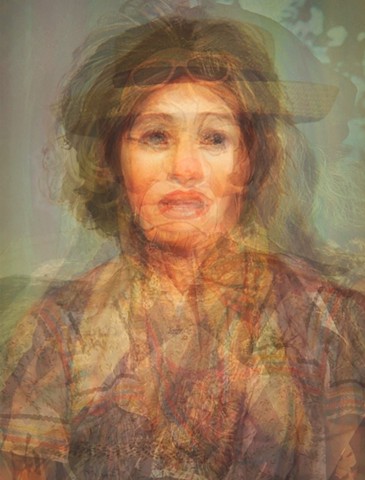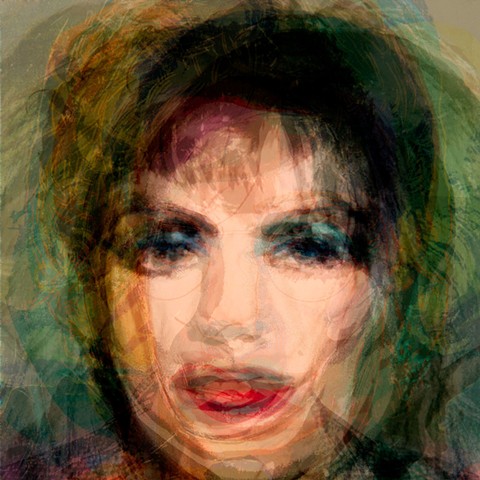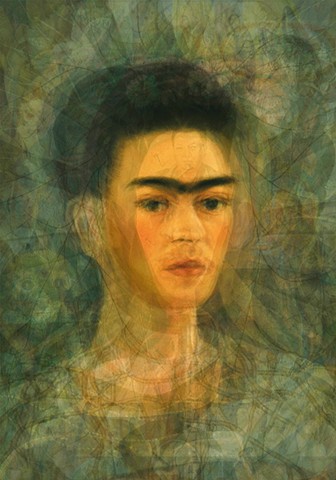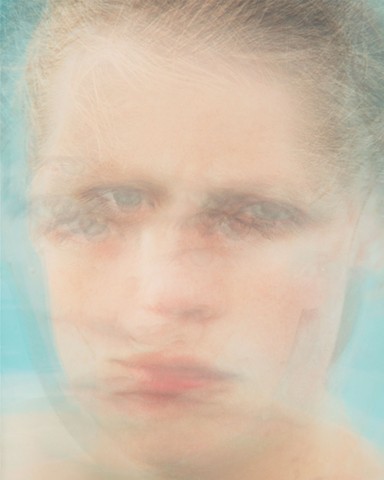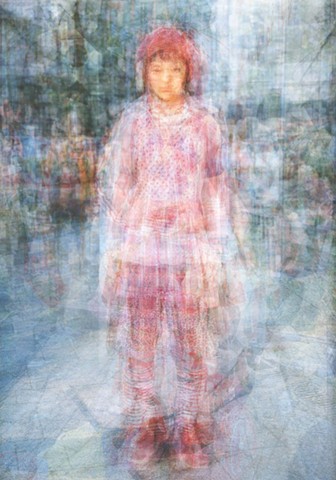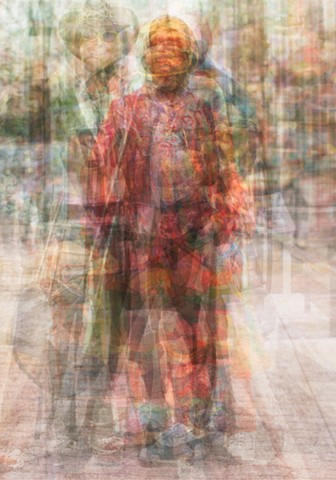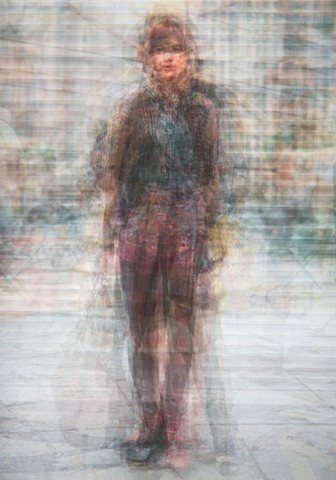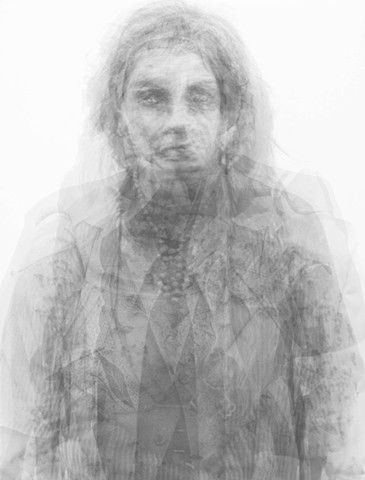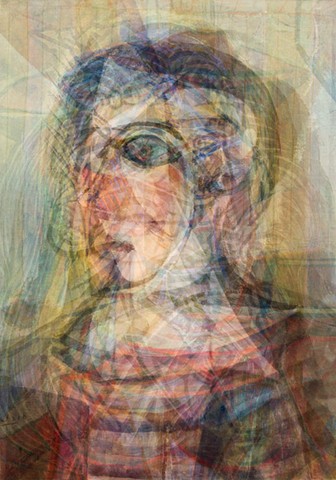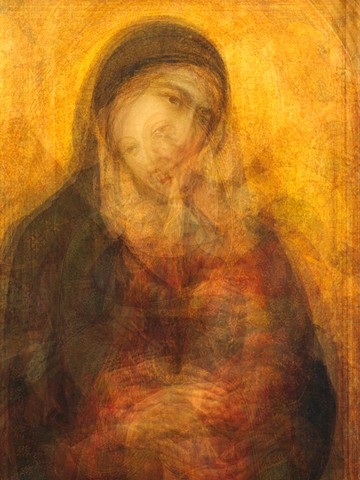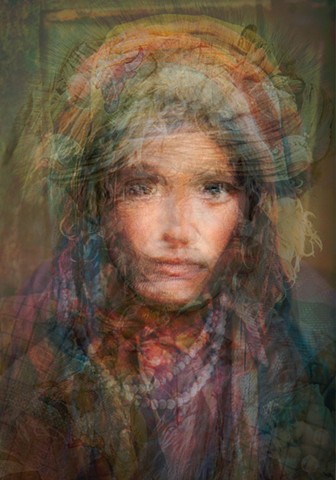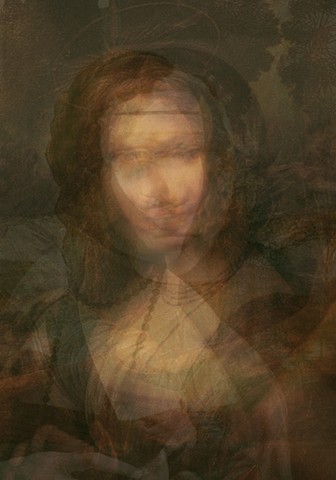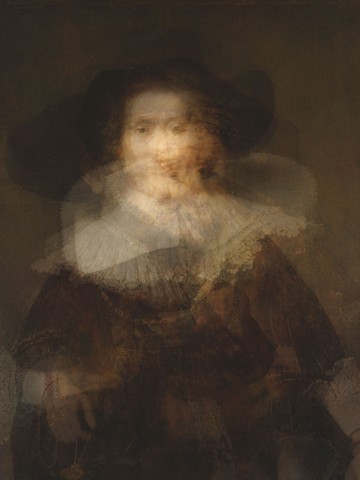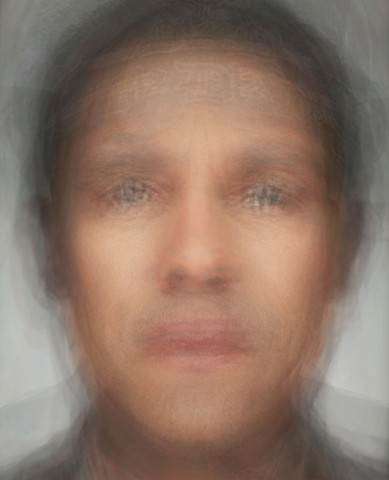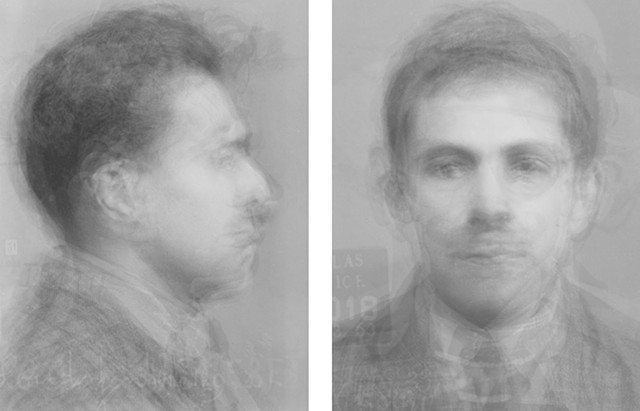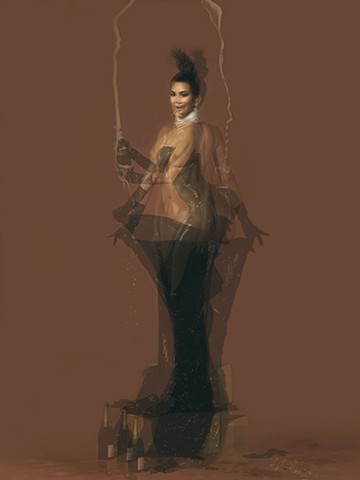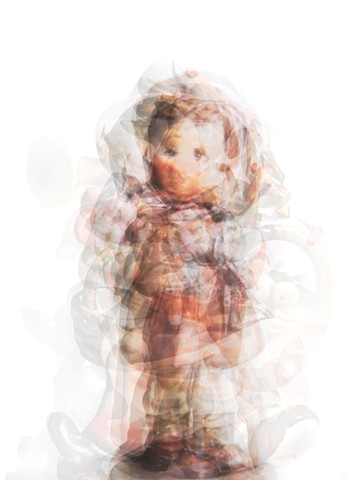Portrait
There are many reasons artists have used the portrait as a means of expression throughout history but Keyes is most interested in the cognitive impression left after seeing the work. What is the image in our mind before we consider the idea behind the work? Is it a copy of what our eyes perceive in the world? What does the brain actually “see”? Keyes work proposes that the brain creates collections of layered images over time, not individual snapshots of moments like a camera. When we think of a person it’s not a static, flat impression. We live in time and space, always moving, always inputting new data. And this data is never objective, it’s not a collection of precisely copied information; it’s as imperfect as our memory.
The genesis of this project was the Chuck Close catalog Keyes photographed in 1998 for his Collective Memory series. What emerged in that multiple exposure image were two portraits representing Close’ body of work. In creating the Portrait work, Keyes chose artists because of their potential to influence his thinking about art and portraiture. He sourced the images from books and the Internet, often after experiencing these artists work in person. Using these same original source materials, Keyes chose images he thought would create an overall portrait reflecting each artist’s portrait work. The resulting digitally layered images condense those many individual works in an effort to portray what the mind actually sees over time.

